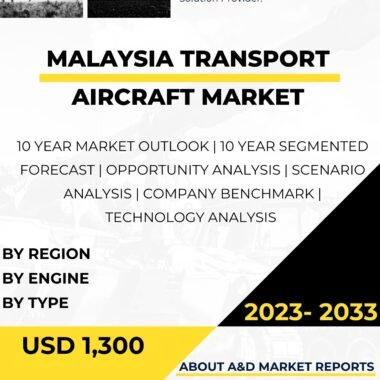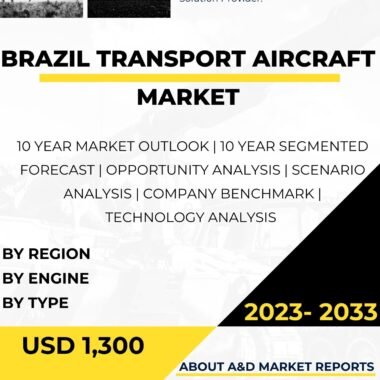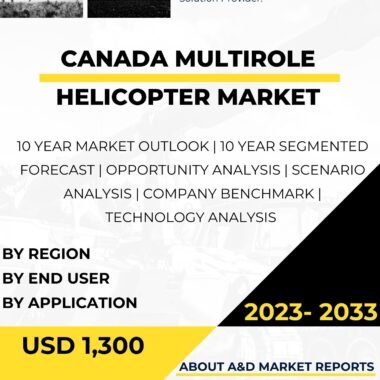Description
Transport aircraft serve as a vital component of Canada’s aviation capabilities, providing the Canadian Armed Forces (CAF) with the ability to transport personnel, equipment, and supplies to various domestic and international locations. These aircraft play a critical role in supporting military operations, humanitarian missions, disaster relief efforts, and peacekeeping operations. This article explores the importance of transport aircraft in Canada, their history, types, modern technology, and their contributions to the country’s military and humanitarian endeavors.
The use of transport aircraft in Canada can be traced back to the early days of military aviation. During World War I, the Royal Flying Corps Canada, the predecessor of the RCAF, employed transport aircraft for reconnaissance and supply missions. These early transport aircraft were typically converted civilian aircraft modified to carry essential supplies and deliver messages to the frontlines.
In the decades that followed, the need for more specialized and capable transport aircraft became evident, especially with the expansion of Canada’s military engagements in World War II. During this period, the CAF operated various transport aircraft, including the Douglas C-47 Dakota, the Noorduyn Norseman, and the Avro Lancaster, which were instrumental in supporting troops, delivering cargo, and conducting aerial reconnaissance.
The post-war era marked significant advancements in aviation technology, leading to the development of dedicated military transport aircraft. The Lockheed C-130 Hercules, a versatile and enduring aircraft, became a cornerstone of Canada’s transport fleet. The C-130 Hercules, known for its ruggedness and adaptability, provided the CAF with the capability to transport personnel, cargo, and equipment to remote and challenging locations.
In recent years, the CAF has continued to modernize and expand its transport aircraft fleet. The Airbus C295 and the CC-177 Globemaster III are among the most prominent transport aircraft currently operated by the RCAF.
The Airbus C295, a medium-sized tactical transport aircraft, has been widely used for various military missions, including troop and equipment transport, medical evacuation, and search and rescue operations. The C295 offers excellent performance, range, and cargo capacity, making it an ideal aircraft for supporting diverse military operations.
The CC-177 Globemaster III, on the other hand, is a strategic airlifter with long-range capabilities, enabling it to transport heavy cargo and large equipment over intercontinental distances. The Globemaster III plays a crucial role in supporting international missions and delivering humanitarian aid to disaster-affected regions worldwide.
Modern transport aircraft are equipped with advanced avionics, communications systems, and cargo handling capabilities. These features enhance operational efficiency, enable seamless coordination with ground forces, and ensure the timely delivery of critical supplies to remote and inaccessible locations.
Aerial refueling capability is another significant feature of some modern transport aircraft, including the CC-177 Globemaster III. This capability allows these aircraft to refuel other aircraft in mid-flight, extending their operational range and providing valuable support during long-range missions or rapid deployments.
The use of transport aircraft extends beyond military operations. Canada’s transport aircraft have been vital assets in various humanitarian efforts and disaster relief missions. Whether delivering emergency aid, evacuating civilians from disaster-affected areas, or supporting peacekeeping operations, transport aircraft play a key role in Canada’s contributions to global humanitarian initiatives.
The CAF’s transport aircraft also support Canada’s commitment to international peacekeeping and stabilization efforts. These aircraft have been instrumental in deploying personnel, equipment, and supplies to support peacekeeping missions in conflict-affected regions.
Canada’s transport aircraft are not only confined to military and humanitarian roles but also contribute to domestic operations, including search and rescue missions in vast and remote regions of the country. The ability of transport aircraft to access challenging terrains and provide rapid response capabilities is crucial for ensuring the safety and well-being of Canadian citizens.
The CAF places a strong emphasis on training and readiness in operating transport aircraft. Flight crews and support personnel undergo specialized training to handle the unique challenges associated with transporting personnel and equipment in various operational environments. Regular exercises and training missions ensure that CAF personnel remain proficient and ready to respond to a wide range of scenarios.
Interoperability and cooperation with allied nations are essential components of Canada’s transport aircraft operations. The CAF actively participates in multinational exercises, joint operations, and training opportunities with partner nations. These collaborative engagements foster mutual understanding and strengthen military capabilities and readiness in the face of complex security challenges.
The future of transport aircraft in Canada will likely see continued advancements in technology, ensuring that these aircraft remain adaptable, efficient, and effective in a rapidly evolving global security landscape. The integration of new technologies, such as unmanned aerial vehicles (UAVs) and enhanced autonomous capabilities, may further expand the capabilities and versatility of transport aircraft in future operations.
In conclusion, transport aircraft are integral to Canada’s military and humanitarian endeavors, providing essential airlift capabilities for personnel, equipment, and supplies. From the early days of military aviation to modern times, transport aircraft have played a significant role in supporting Canada’s military operations, peacekeeping missions, and disaster relief efforts. The CAF’s transport aircraft fleet, including the Airbus C295 and the CC-177 Globemaster III, represents the country’s commitment to aviation excellence and readiness. Equipped with advanced technology and capabilities, these aircraft ensure the rapid and efficient delivery of essential resources to both domestic and international locations. As Canada continues to face evolving security challenges and humanitarian demands, transport aircraft will remain an indispensable asset, contributing to the country’s defense capabilities and its commitment to global peace and stability.




